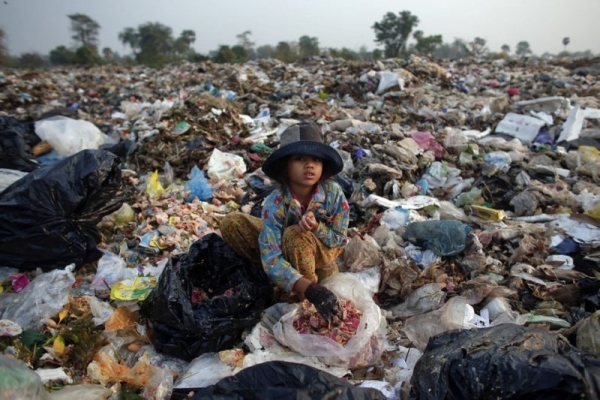Conflict will remain the main driver of humanitarian aid in 2019. Indeed, despite global development gains, more than 120 million people each year are caught up in conflicts and urgently need humanitarian assistance and protection. Crises have increased in numbers, affecting more people around the world than in previous decades and lasting longer than ever before. Poverty, (gender) inequality, violent extremism, population growth, urbanisation, food insecurity, natural disasters and climate change are eroding people’s resilience and making them more vulnerable and fragile.
As sadly reported by Mark Lowcock, the UN Under-Secretary-General for Humanitarian Affairs and Emergency Relief Coordinator, “[o]ver the past year [..] I met desperate parents who did not know where their children’s next meal would come from. I saw families forced to flee their homes and walk for weeks to find safety from armed conflict or persecution based on their ethnicity and religious beliefs. I met survivors of natural disasters whose homes and livelihoods have been destroyed. And I heard from people who have somehow managed to survive the most brutal horrors of war and who continue to hold out hope for peace and a better future”.
In this scenario, the 2019 Global Humanitarian Overview (GHO) wants, for the first time, to provide an analysis not just of how many people need humanitarian assistance, but a also clearer understanding of why they need it.
According to statistics, by the end of 2017, war, violence and persecution had uprooted 68.5 million men, women and children around the world, the highest number on record. Millions of refugees and asylum seekers were forced to flee their countries to escape conflict and persecution. The rise in forced displacement is not, however, the result of an increase in conflicts, but rather a consequence of their greater impact on the civilian population. Indeed, the proportion of violence is higher than before and conflicts are more likely to cause loss of life, human suffering, destruction and displacement.
In almost all conflict-affected countries, diseases and epidemics associated with lack of appropriate water, sanitation and health services, such as cholera, are causing malnutrition and contributing to deaths that could have been prevented.
On another front, conflict and violent extremism, with the ensuing proliferation of arms, mass displacement, and collapse of the rule of law triggers patterns of sexual violence, including rape, sexual slavery, and forced marriage. It is estimated that at least one in five women refugees in complex humanitarian settings has experienced sexual violence and its effects, which include trauma, stigma, poverty, poor health, and unwanted pregnancy. The real numbers are likely to be much higher, since data on sexual- and gender-based violence in humanitarian contexts remain sporadic and difficult to track, and incidents are often underreported. However, where evidence is available, it shows a disturbing trend of sexual violence being employed as a tactic of war.
Worsening the situation is that humanitarian and medical workers, despite being protected under international humanitarian law, are routinely targeted, killed, attacked, wounded,or kidnapped in the line of duty, preventing them from delivering assistance and protection.
In this scenario, humanitarian assistance is a vital lifeline, but it is not enough to reduce humanitarian need. In order to reduce vulnerability and help people become more resilient, earlier and faster methods of conflict prevention and resolution are of the utmost priority. To this aim, integrated intelligence and analysis on protection threats and risks, as well as strengthened planning processes and rapid responses are becoming ever more fundamental (for more information on this issue, see the article “The Importance of Good Intelligence in the Protection of Civilians”).
As 2019 marks the 70th anniversary of the Geneva Conventions, achieving greater compliance with international humanitarian law will be a theme pursued through additional events during the year.
Written by Federica Pira
To read more, please read:







